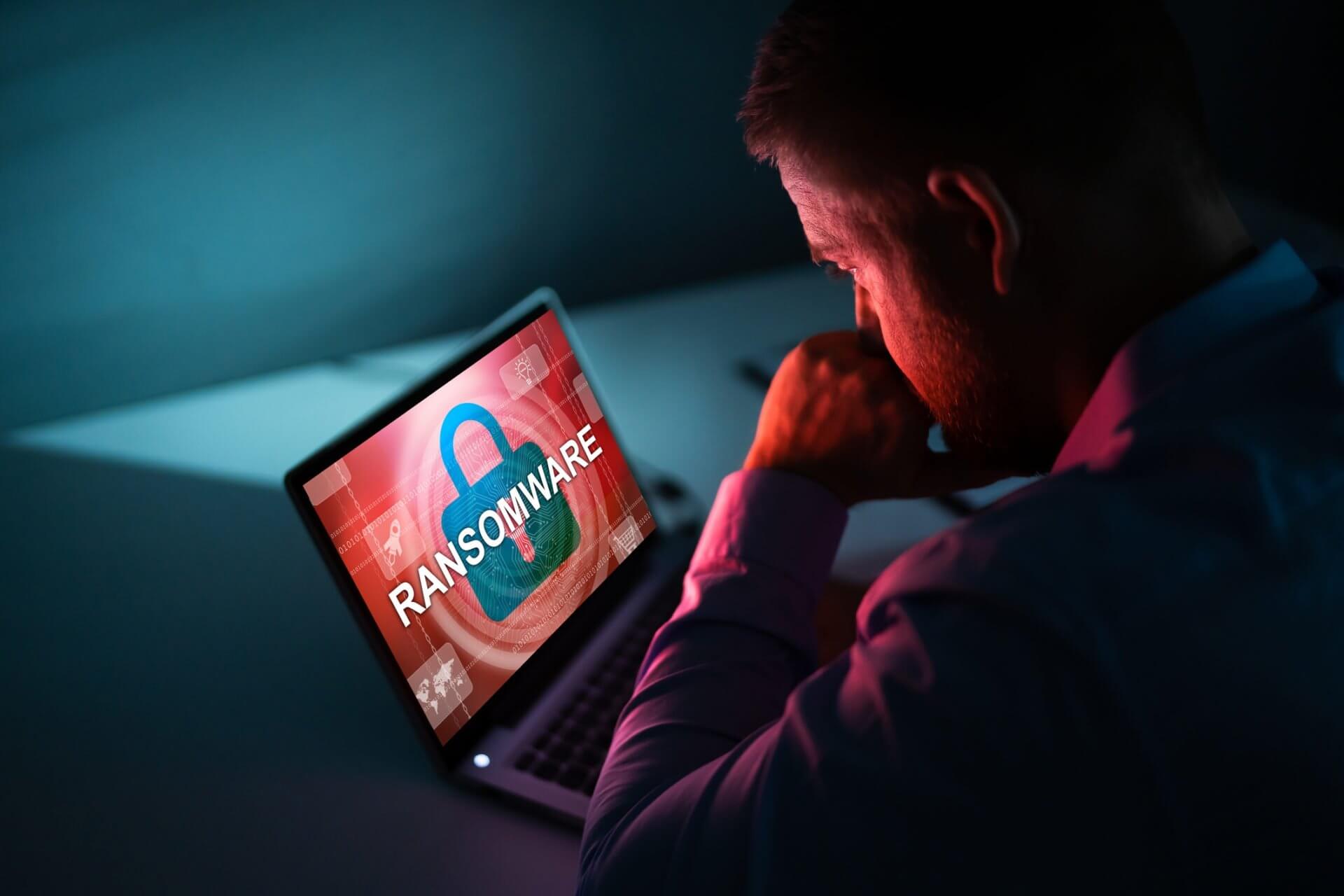Are Parental Control Tools Effective?
Nowadays, children have access to the Internet at a very early age: smartphones, computers, tablets… homes are increasingly equipped with connected devices and this is why our toddlers come into contact with this tool that is as wonderful as it is dangerous, the Web.
If the Internet allows a child to learn, to be entertained but also teaches him to master this tool that has become essential to our society, it has its risks. Not all the content of the Web is good to see, especially for our little ones.
That’s why parental control software is designed to help us, as we -the parents- cannot monitor what our child is looking for and seeing on the Web. This software is of course included in the best antivirus products on the market, which also include firewalls and anti-spyware.
After more than a decade of evolution, today’s parental controls have continued to improve to a remarkable level of performance. What can modern parental control solutions do?
Parental control services block unsuitable sites
For this first effectiveness test, this software gave 13 parental control software programs a list of 7,300 sites unsuitable for a young audience: chat rooms, illegal downloads, online betting, extremist sites, content on alcohol, drugs, weapons… a complete and representative sample of what can be considered unsuitable for a child was selected to test the best parental controls on the market.
On a normal machine equipped with these programs, the software experts tried to visit each of these 7300 dangerous sites to measure the margin of error of each protection. The results are excellent for all the recognized and recommended parental control software.
The vast majority of solutions offered a margin of error of less than 5% and the Symantec tool (editor of Norton) blocked 99.1% of dangerous sites: a real achievement that should reassure all parents.
The margin of error on non-hazardous sites
Blocking dangerous sites is the main objective of parental software, but it is still necessary to block only dangerous sites. Browsing the Internet while feeling totally conditioned by a software that blocks a lot of content for no reason can become a real frustration for a child who will then try to bypass the security software.
That’s why parental protection software editors have to find the right balance, so as not to go from security to over-constraint.
For this test, our 13 parental control solutions were confronted with 4,000 sites that are perfectly suitable for children. The same process was followed as in the previous test and the results are once again impressive.
To take the example of Symantec’s tool, after having blocked more than 99% of dangerous sites, this time it is less than 6% of sites suitable for a young audience on which it makes an error of judgment.
This is a very small margin of error when you consider the very small semantic differences that can be found between words that are unsuitable for our children and words that are completely acceptable.
Even though all the security solutions tested proved to be very effective in this test, parental control softwares warn users about the lack of depth of some tools. Indeed, many parental control programs focus so much on protection against pornography that they often forget about other risks. While pornography is indeed a large part of the content on the Web that is unsuitable for children, we should not forget all the other risks: online chat, apology for violence, influencing words, etc.



